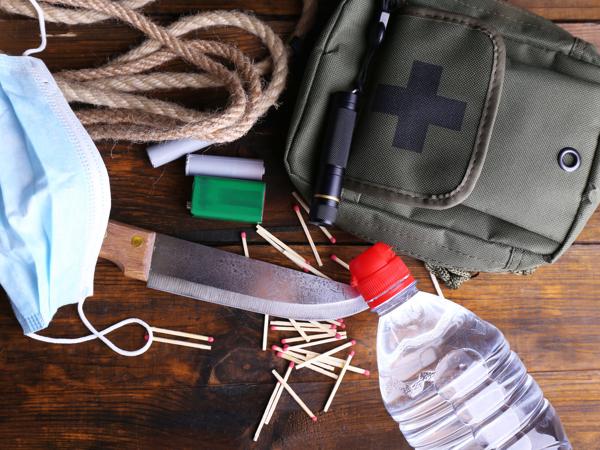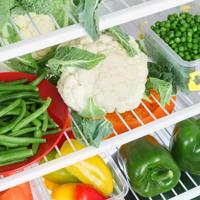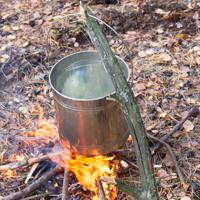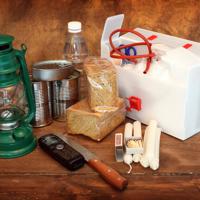Water is an essential element for survival. During emergencies, whether caused by natural disasters or unforeseen circumstances, having access to safe and potable water becomes crucial. While the market offers various water purification methods and products, prudent planning for emergency water storage can save the day.
Why Store Water for Emergencies?
The simple answer is to ensure access to safe drinking water when regular supplies are disrupted. It’s possible to survive several weeks without food, but the absence of water for even a few days can have severe health consequences. By storing water ahead of time, you can mitigate the effects of emergencies on your well-being.
How Much Water Should You Store?
The recommendation from agencies like FEMA and the Red Cross is to store at least one gallon of water per person per day. This should cover both drinking and basic sanitation needs. It’s advisable to prepare for at least a two-week disruption, meaning two people would need around 28 gallons for two weeks.
Choosing the Right Containers
Not all containers are suitable for water storage. Here are some guidelines to follow:
-
Food-Grade Plastic Containers: These are often a reliable choice. Containers marked with “HDPE” (high-density polyethylene) and recycling code “#2” are considered safe.
-
Glass Containers: They are great but can break easily and are heavier. Always ensure they have a tight seal and are thoroughly sanitized before use.
-
Avoid Used Containers: Previously used containers, especially those that stored chemicals or sugary beverages, can have residues that contaminate stored water.
-
Commercially Bottled Water: An easy option, these come sealed and can be stored directly. Just be mindful of their expiration dates.
Preparing Containers for Storage
-
Clean the Containers: Use hot, soapy water and rinse thoroughly. After cleaning, sanitize the inside with a solution of one teaspoon of unscented liquid household chlorine bleach per quart of water. Let it sit for a couple of minutes before rinsing well.
-
Fill Them Properly: When filling, use clean water from a safe source. Pour it slowly to eliminate the air spaces, leaving room to allow for expansion, especially when storing in varying temperatures.
-
Seal Tightly: Ensure lids are screwed on tightly to prevent contamination.
Storage Tips
-
Keep in Cool, Dark Places: Temperature fluctuations and sunlight can promote the growth of algae or microorganisms. Basements and pantries are usually suitable.
-
Use a Rotation System: Although water doesn’t go bad, it’s best to rotate your supply every six months to a year to maintain freshness.
-
Label Clearly: Note the date of storage on each container. This aids in managing rotation and reassures you about the water’s usability.
Regularly Check and Maintain
Every few months, check stored water containers for leaks or signs of contamination. If you suspect any undesirable changes, treat or replace the water before it’s needed.
Emergency Water Treatment
In case of doubt about water safety during an emergency, treat the water before consumption:
-
Boiling: It is highly effective. Bring water to a rolling boil for at least one minute (three minutes at elevations above 5,000 feet).
-
Chlorination: Add eight drops of bleach (4 to 6% chlorine) per gallon. Stir and let it sit for 30 minutes. There should be a slight chlorine odor.
Accessibility During Crises
During an emergency, quick and safe access to your water supply is essential. Consider having portable water storage options, like water bricks or collapsible containers, which can be moved easily if conditions change.
References
Incorporating these water storage practices does take some effort, but in times of need, having a dependable water supply is invaluable. While every household’s needs differ, being prepared gives peace of mind and ensures that an essential resource is available when it’s needed most. The tips shared here come from various guidelines and personal experiences, offering a thoughtful approach to emergency preparedness.




